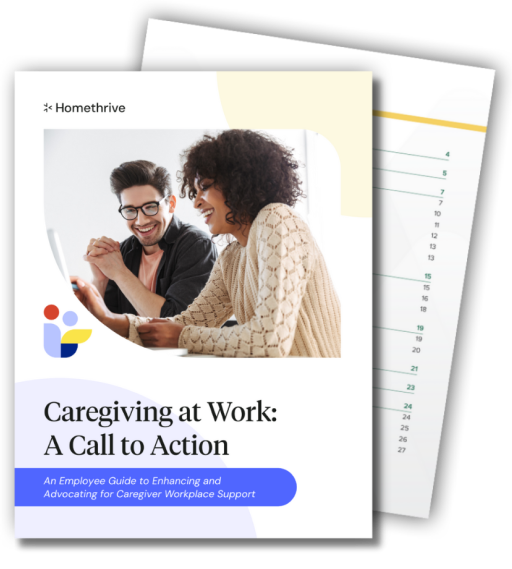“Quiet Quitting” is a trending term that’s been popping up frequently on my LinkedIn feed for the past few months. This past weekend, the term even came up while I was out to dinner. As the resident HR expert amongst my group of friends, I was called upon to give my opinion on the term and explain its impact on organizations. First, I had to define what quiet quitting really means, and that’s a tricky thing to do, as definitions vary widely.
As the New York Times explains, “The term was defined and redefined. For some, it was mentally checking out from work. For others, it became about not accepting additional work without additional pay.” Obviously, as an HR leader, I’m more concerned about the first definition here. When employees mentally check out due to stress, unrealistic workloads, interpersonal conflict, or burnout, team morale and therefore productivity starts slipping. This can have widespread and meaningful impacts on the health of the business, both culturally and financially.
Of course, your goal as an HR leader is always to ensure your employees have balanced and manageable workloads that help your company reach its goals. So, the second part of the definition above worries me less. My goal is always to ensure my employees find balance and empowerment in their work and are compensated fairly for the value they bring to the company.
So, of course, the million-dollar question is: How do I promote balance, equity, and engagement, all while avoiding burnout, frustration, productivity loss, and turnover? Here are my top recommendations:
- Make employees feel heard. Try sending out an anonymous (and we mean truly anonymous) employee engagement survey. Find a survey cadence that helps you keep your finger on the pulse of how your employees are feeling. Are they teetering on the brink of burnout? Is one team thriving while another’s struggling? Dig deeply into your analysis of the results to target the true pain points employees are feeling right now.
- Reevaluate PTO policies and company holiday schedules each year. Ask yourself: do these policies still align with what your employees say they need? How can you work with other company leadership to work towards an ideal PTO situation for all? Can you offer floating holidays to allow for greater flexibility and equity?
- Make employees feel truly appreciated and recognized for their accomplishments. This goes beyond sending a gift card or holiday bonus – verbal recognition by managers and senior leaders, whether in a 1:1 setting, or on a team meeting, reinforces trust and loyalty.
- Offer additional employee engagement opportunities such as virtual events, team building activities, or even in-person meet-ups. Bonus points for getting employees to mingle and connect across teams or departments!
- Foster proactive and thorough communication from leadership teams and the C-suite to help avoid miscommunication and confusion. When a single, clear message is coming from the top, it trickles down through the organization.
- Encourage managers to have continued conversations with their direct reports about career development, either through their current career progression or new training opportunities. This helps employees feel like the company cares about their learning and growth, beyond just their day-to-day responsibilities.
- Ensure benefits packages are both high in quality and equitable across your organization. Employee benefits, especially those that go beyond standard healthcare, dental, and vision coverage, can really help your organization stand out from the rest and keep your employees loyal year after year. For example, you may want to evaluate your parental leave policy to ensure that both maternity AND paternity leave are offered for the same length of time.
Enjoyed these insights? Get weekly tips right in your inbox by subscribing to our newsletter.







